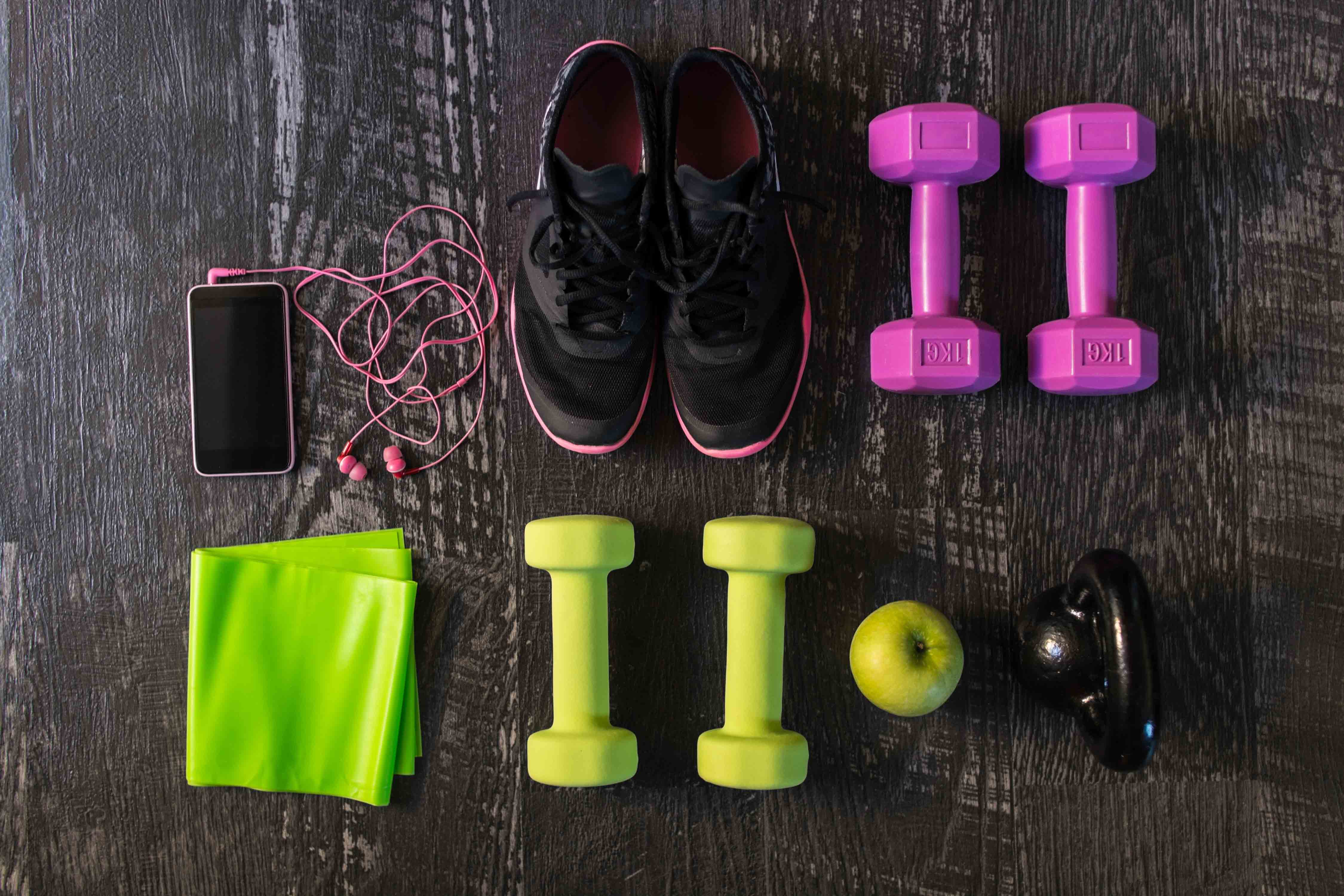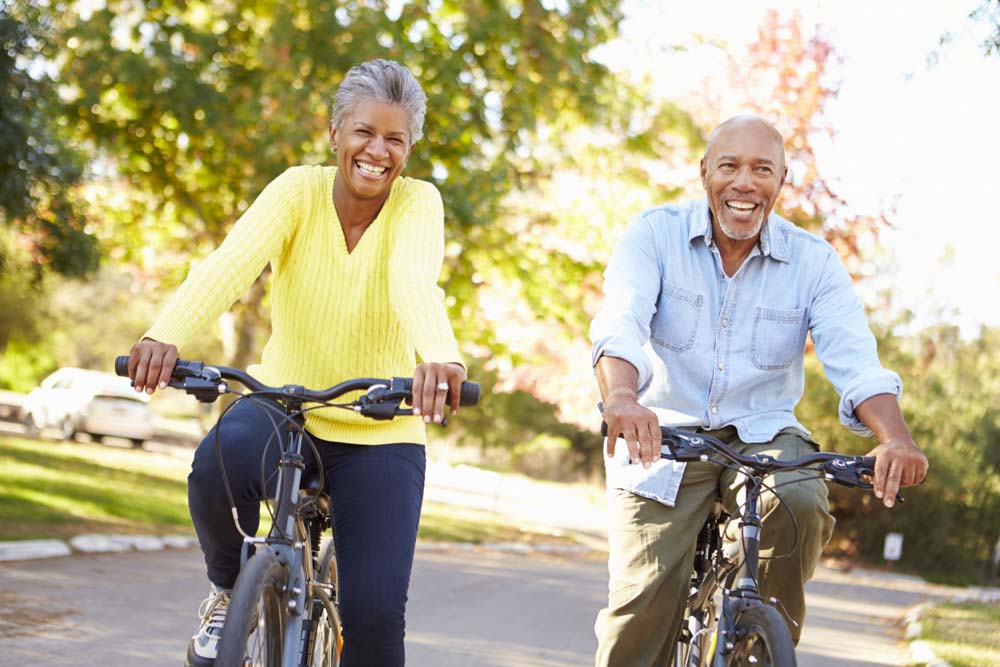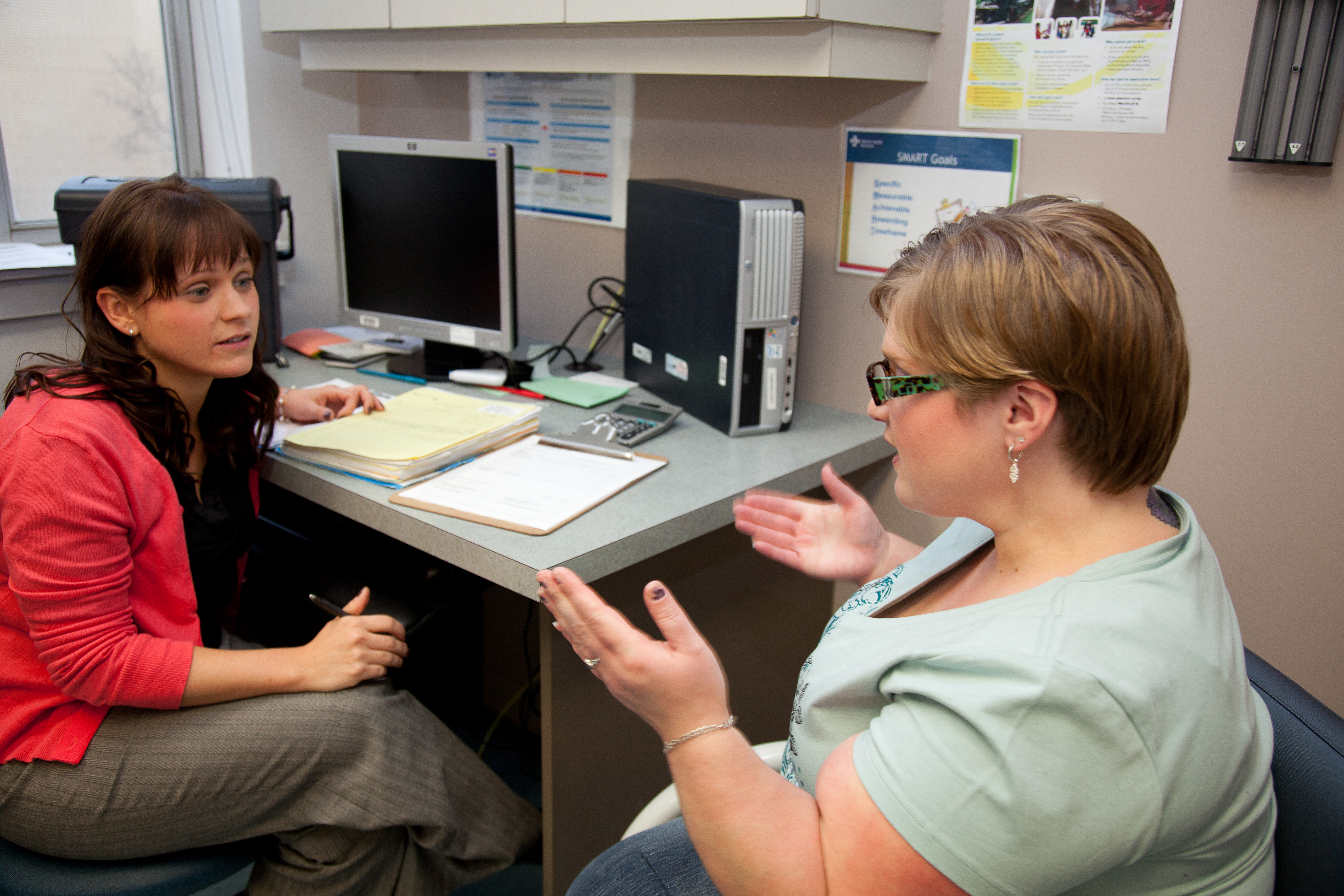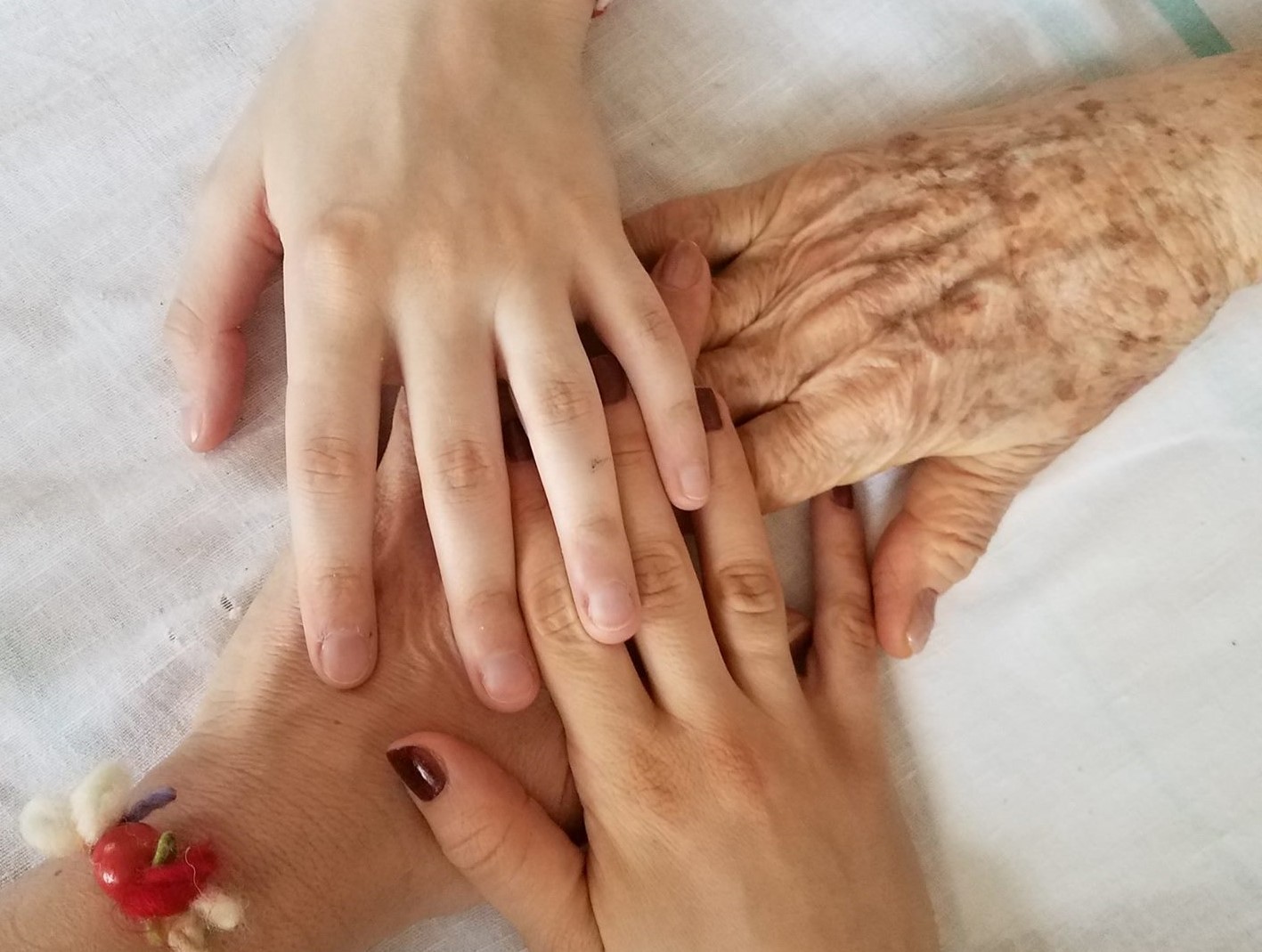노년기의 신체 활동: 어느 정도가 충분한가요?
Anne Tiedemann, 시드니대학교 (University of Sydney), 호
“활동 부족은 모든 인간의 좋은 상태를 파괴하는 반면,
운동과 체계적인 신체 훈련은 그것을 모으고 지킨다”
플라토, 400 BC.
신체 활동을 규칙적인 습관으로 만드는 일이 건강과 안녕에 중요하다는 것은 오래 전부터 알려져 왔습니다. 그런데 아동과 젊은이를 대상으로 하는 건강 증진 메시지는 종종 있지만65 세 이상 사람들에게 신체 활동이 갖는 중요성에 초점을 두는 메시지는 상대적으로 적습니다. 하지만 노년기는 신체 활동을 일상의 한 부분으로 만들어야 하는 아주 중요한 시기입니다.












